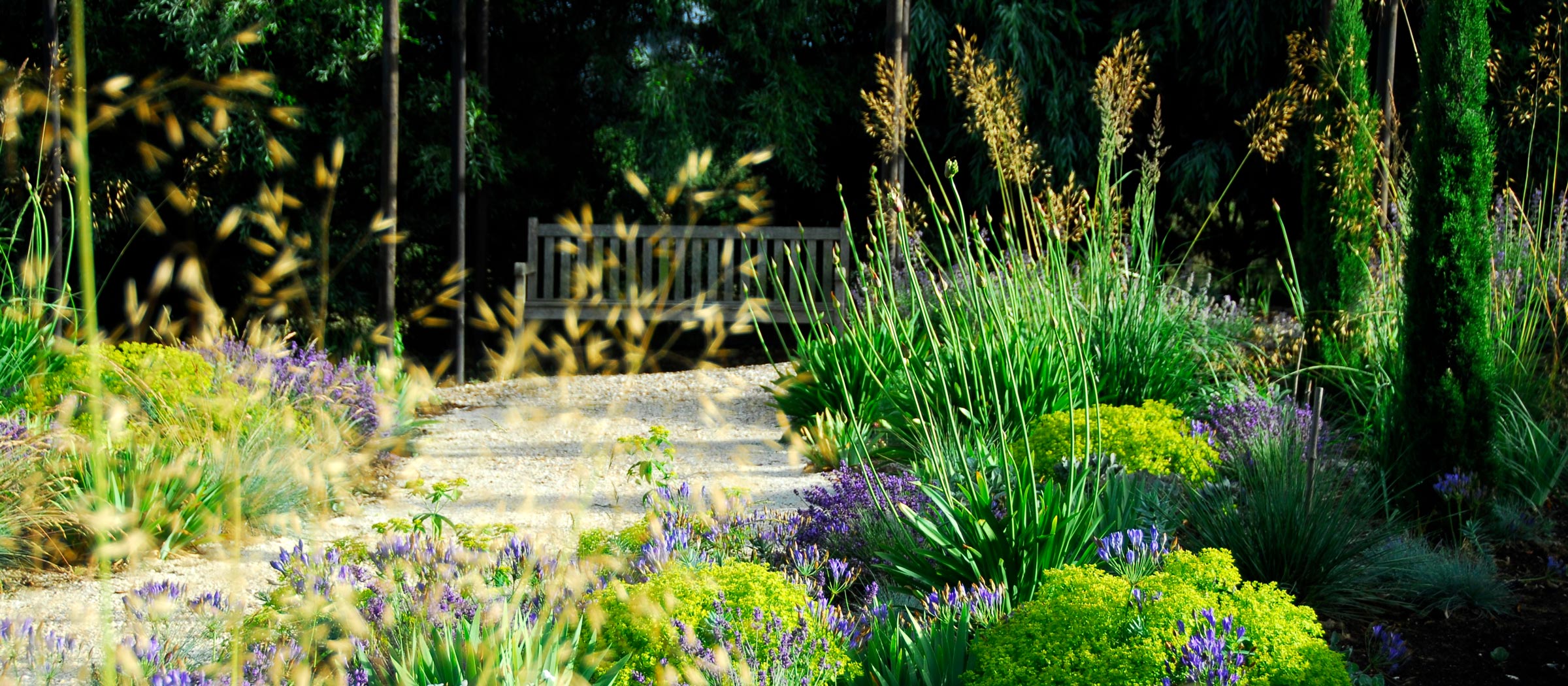Plant Profile: Selenicereus chrysocardium

- Words by
- Georgina Reid
- Images by
- Georgina Reid
One evening last year my partner yelled for me to come into the garden, quickly. I thought it was a spider, or a trodden-in dog poo, but no, it was Selenicereus chrysocardium preparing one big flower, it’s first. It started as a big green hairy thing, nearly as long as my hand. Over the next few days it plumped itself up until one morning it was open. I was gobsmacked. It was truly spectacular. For days afterwards, anyone who had the unfortunate pleasure of seeing me was shown the 27 photos of the bloom on my phone. The album is still displayed on occasions of high botanical excitement.
“The flame that burns twice as bright burns half as long,” wrote sixth century Chinese philosopher Lao Tzu in the Tao Te Ching. This seems to be the case for my friend the Selenicereus chrysocardium, a wild zig-zag leafed epiphytic cactus who has been hanging about in my backyard for a few years. All flowers are ephemeral, as are all lives, but for some reason it’s often the loudest/biggest/flashiest ones (like my selenicereus, Janis Joplin, Kurt Cobain etcetera) who live the shortest time.
The fact that Selenicereus chrysocardium is endemic to the jungles of the southern Mexican state of Chiapas seems like quite a strange thing when you realise it’s a cactus. Our ideas of cactus usually revolve around bright sun, no water, and lots of spines. Most cactus species have evolved to get rid of their leaves entirely – no leaves means the plant will loose less water through transpiration – an important way to survive desert life.
Somewhere along the line though, the cacti family decided to spread themselves into the shadier and more humid parts of central and southern America. All of a sudden (thousands of years in evolutionary terms) they were growing epiphytically on trees in the jungle. Because of the tropical climate, water storage became less of an issue. Lack of sun, however, meant they needed to work out ways to capture more of the golden light to enable themselves to photosynthesise.
Plants never give up. In response to their changing environment selenicereus and friends then started to grow cladodes – leaf like structures that are actually flattened stems – helping them capture more light for photosynthesis. And we humans think we’re the intelligent ones, huh?!

The Nuts & Bolts
Botanical Name: Selenicereus chrysocardium
Common Name: Fern leaf orchid cactus
Size: 1.5 x 1.5m
Light: Selenicereus will grow well in shade to part sun locations. Mine is hanging off a peach tree, so it gets very little direct sun in summer, but more in winter. Too much sun will make its (fake) leaves turn yellow.
Water: Don’t be too zealous with the water – selenicereus is a cactus after all. Water weekly in summer and when you remember in winter. Always wait until the potting mix/soil has dried out completely before watering again – they don’t like being drowned!
Temperature: As it originated in a tropical jungle climate, selenicereus will not be happy outdoors in cold climates. It’ll be really peeved if it gets frosted, and will probably die. Keep indoors in winter if you live in a cold climate. It’s very happy in temperate places like Sydney.
Can I grow it indoors?: Yep, I had mine sitting on the top of our kitchen cupboard for a few months last year. As with all plants, its best on rotation – bring it inide for a month or so, then send it back outside for a few months.
Propagation: Selenicereus propagates easily from stem cuttings. Chop a stem 15cm from the end, tidy up the base, and stick it into a small pot filled with good quality potting mix. It’s best to propagate during a plant’s growing season – usually spring/summer for tropical fellows. They’re pretty easy to propagate, but like always, the plant will take a while to get super-sized. When it does, though, you’ll be proud as punch.
By the way, botanical names are wonderful things. They tell much about a plant, and are the only real, useful way of finding out real, useful information about a plant when researching online. They often mean something too. Like Selenicereus chrysocardium, for example.
Selenicereus: Selene (the Greek moon goddess) + cereus (means candle in latin)
Chrysocardium: Chryso (golden) + cardium (heart)
Ahh, Selene’s heart is as bright as the golden flame of a candle. Or not.
Regardless of name, this is a seriously great plant. Grow it!
–






